Tesla Troubles: Models Bricking Over Flash Memory Problem

As the most-successful manufacturer of electric vehicles, Tesla is often at the forefront of new challenges relating to advanced automotive technologies. While the brunt of this has revolved around its software, mainly Autopilot, it’s also going to be among the first automakers to confront widespread battery recycling — something it’s already planning for at its Nevada Gigafactory.
Nothing last forever and, like every internal combustion vehicle, EVs have parts that go bad. Over the last six months, there’s been a growing number of reports of customers claiming their Teslas are bricking out like old phones. Displays are going dark, accessories are… inaccessible, and charging is often not an option. The culprit appears to be the embedded Multi-Media Controller (eMMC) on MCUv1 units, which logs data using flash memory.
Apparently, Tesla is overworking these systems (at least on some models) to a point where they can’t take it anymore. It’s basically the same thing that would happen if you filled and wiped a USB drive hundreds of times everyday. One morning you’d plug it in and find that it’s no longer functional due to being burnt out from overuse.
Coverage of the issue started to really pick up after Jason Hughes, an independent repair professional from North Carolina’s 057 Technology, managed to get Elon Musk to respond to the issue. On October 9th, he tweeted out that he had encountered dozens of “ MCUv1 units for customers suffering from eMMC flash failure,” suggesting that Tesla’s engineering team do something about it.
Musk responded that the problem should be “much better at this point.”
Hughes responded that he had seen models suffering from the problem from a version that was just a couple of weeks old, adding that he would keep an eye on newer versions.
Complaints of the flash-memory failure go back much further, however, and were gaining serious steam online as early as 2018. In May, the YouTube channel Rich Rebuilds (which is pretty good if you want an unbiased look into EVs) discussed the matter and opened up an MCUv1 to get a gander at the hardware with Phil Sadow.
“[Tesla] creates so many logs in the car, they write to [the eMMC] so fast that it basically burns them out. They have a finite amount of writes; they can only do so many writes. The amount of logging they’re doing is excessive,” Sadow explained.
InsideEVs, which has one of the most comprehensive explanations of the problem available, spoke with several of the repair professionals expressing concerns to get their opinion.
“The main issue is that this excessive log file writing causes eMMC flash wear,” explained Hughes. “Flash memory is generally only rated for some tens of thousands of write cycles. What happens is that the flash memory starts to fail when writings can no longer be completed. When one block fails, parts of the firmware may also become unreadable, leading to poor operation or failure of the MCU completely.”
Tesla Forums covered the issue back in April, with a poster noting the MCU repeatedly rebooted after 39,000 miles on their 2016 Model S. Repeated repair attempts failed to solve the issue, and they were understandably upset that they had to pay half the cost out of pocket — despite the vehicle still being under warranty. Tesla Motors Club has also covered the matter at length, with customers giving the play-by-play of their flash memory headaches.
Most owners seem to be encountering the problem very near the warranty cutoff. Those that make it technically should have their MCU replacement covered. If not, repairs can cost anywhere between $400 and $3,800 — depending on where you’re having the work done (and how they’re doing it).
Some independent shops have admitted that, while they’ve managed to find ways to replace the failed chip, reprogramming the system to not bombard itself with ever-cycling data has been harder to manage. Most units are still subject to overloading over time but some feel confident they’ve managed to sort that out in part by installing more robust memory chips or by simply sending some of those unnecessary ones and zeros to the RAM.
“Tesla needs to just disable syslog on all vehicles unless specifically required on a development car or to diagnose an infotainment issue on a specific car. There are absolutely zero reasons to log hundreds of MB per day to a small built-in flash chip,” said Hughes. “Tesla has known about this issue for years now and has done nothing to mitigate it. I’ve personally reported it on multiple occasions, and I know others have as well. I’ve noted this to Tesla on several occasions, starting in late 2015, and several times since.”
While everyone is largely concerned with MCUv1, which are logging more data than ever before, MCUv2 vehicles technically suffer from the issue as well. But their larger chip size is likely to buy the owner significantly more time, which is about all anyone outside the manufacturer can do anyway. Tesla will ultimately be the one that has to address the high amount of logging that’s ultimately creating this problem — especially for vehicles still under warranty.
“The cynic in me looks at this as a planned obsolescence type of thing,” said Hughes. “However, the reality is probably a lot more benign: laziness.”
[Image: JL IMAGES/Shutterstock]

A staunch consumer advocate tracking industry trends and regulation. Before joining TTAC, Matt spent a decade working for marketing and research firms based in NYC. Clients included several of the world’s largest automakers, global tire brands, and aftermarket part suppliers. Dissatisfied with the corporate world and resentful of having to wear suits everyday, he pivoted to writing about cars. Since then, that man has become an ardent supporter of the right-to-repair movement, been interviewed on the auto industry by national radio broadcasts, driven more rental cars than anyone ever should, participated in amateur rallying events, and received the requisite minimum training as sanctioned by the SCCA. Handy with a wrench, Matt grew up surrounded by Detroit auto workers and managed to get a pizza delivery job before he was legally eligible. He later found himself driving box trucks through Manhattan, guaranteeing future sympathy for actual truckers. He continues to conduct research pertaining to the automotive sector as an independent contractor and has since moved back to his native Michigan, closer to where the cars are born. A contrarian, Matt claims to prefer understeer — stating that front and all-wheel drive vehicles cater best to his driving style.
More by Matt Posky
Latest Car Reviews
Read moreLatest Product Reviews
Read moreRecent Comments
- Todd In Canada Mazda has a 3 year bumper to bumper & 5 year unlimited mileage drivetrain warranty. Mazdas are a DIY dream of high school auto mechanics 101 easy to work on reliable simplicity. IMO the Mazda is way better looking.
- Tane94 Blue Mini, love Minis because it's total custom ordering and the S has the BMW turbo engine.
- AZFelix What could possibly go wrong with putting your life in the robotic hands of precision crafted and expertly programmed machinery?
- Orange260z I'm facing the "tire aging out" issue as well - the Conti ECS on my 911 have 2017 date codes but have lots (likely >70%) tread remaining. The tires have spent quite little time in the sun, as the car has become a garage queen and has likely had ~10K kms put on in the last 5 years. I did notice that they were getting harder last year, as the car pushes more in corners and the back end breaks loose under heavy acceleration. I'll have to do a careful inspection for cracks when I get the car out for the summer in the coming weeks.
- VoGhost Interesting comments. Back in reality, AV is already here, and the experience to date has been that AV is far safer than most drivers. But I guess your "news" didn't tell you that, for some reason.




















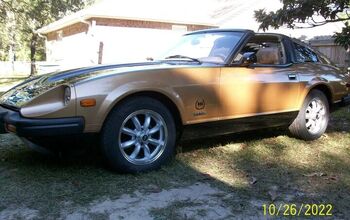

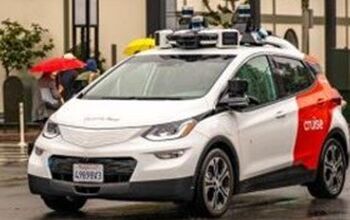
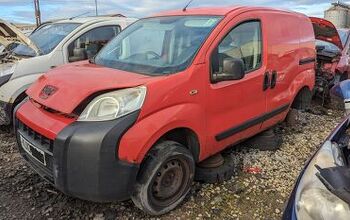

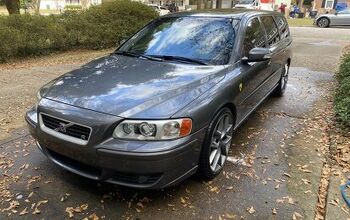
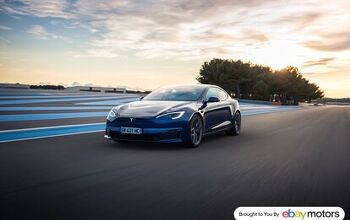
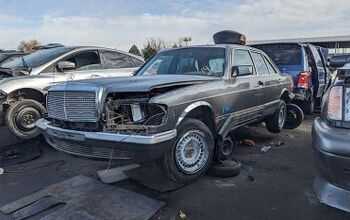


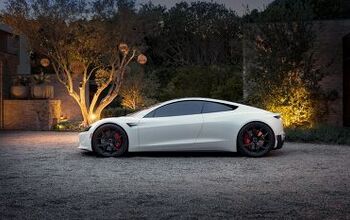

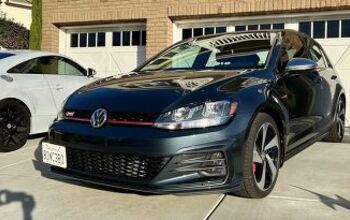
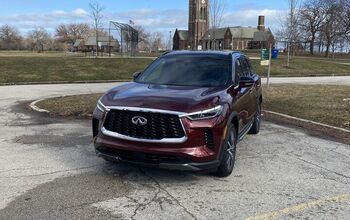
Comments
Join the conversation
I tried talking my cousin out of buying one of these a few months ago, but it's what he wanted. This is really bad that Tesla cheaped out like this. We've seen them cheap out on materials and fit and finish, but the assumption (at least my assumption) was that all drivetrain/propulsion related electronics were solid. Huge black eye for Tesla. Their response is once again less than acceptable.
So I assume this is a confluence of issues. It looks like, per other articles there is no load leveling (trim) functionality on the drive. That combined with a high level of logging ensure the same sectors are written to over and over and frequently. Larger drives with trim implemented should Outlast the car. Not sure if they cheaper out on the memory...you want quality used in hard drives here...not the USB stick caliber stuff. Ideally though this is not a failure that should kill the car either way so I do question the implementation.